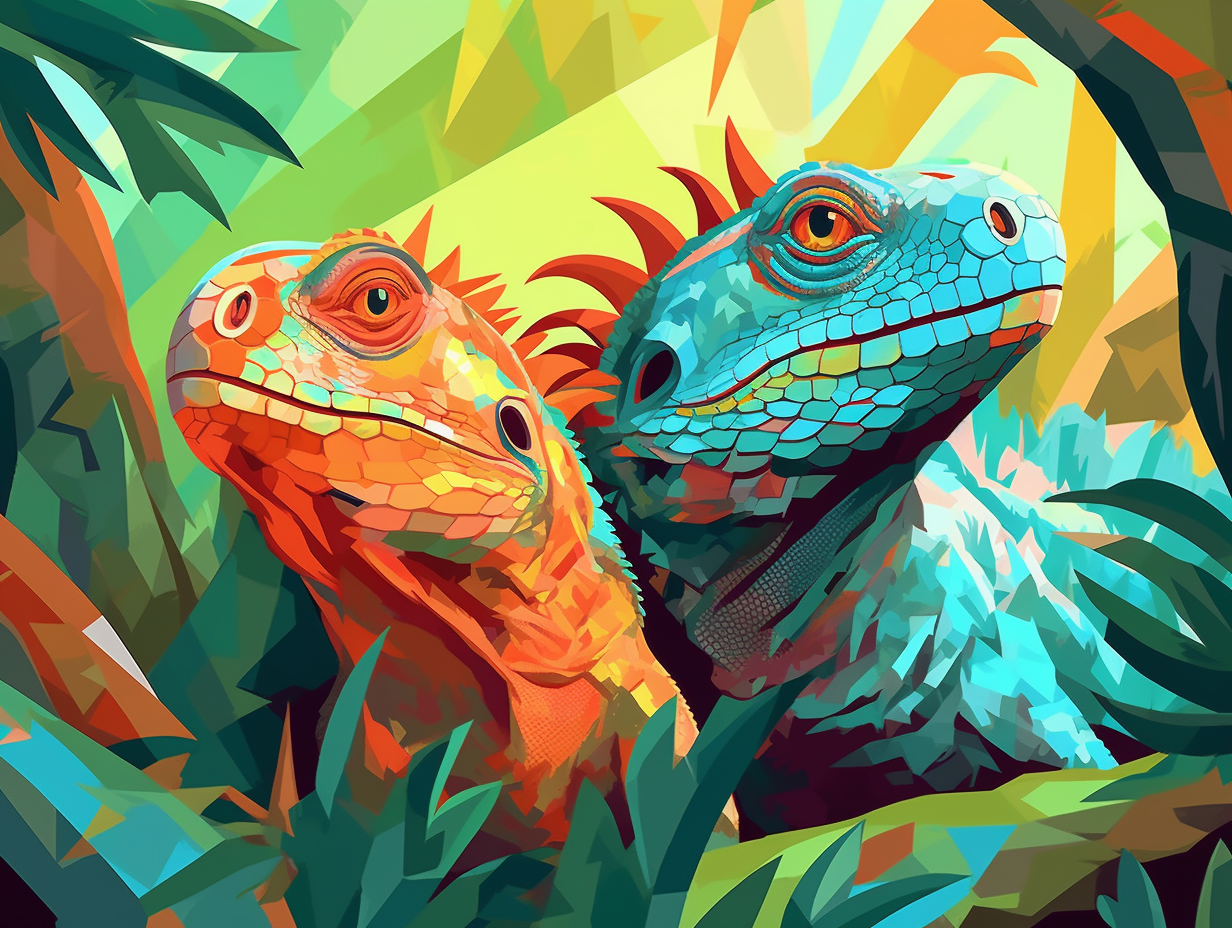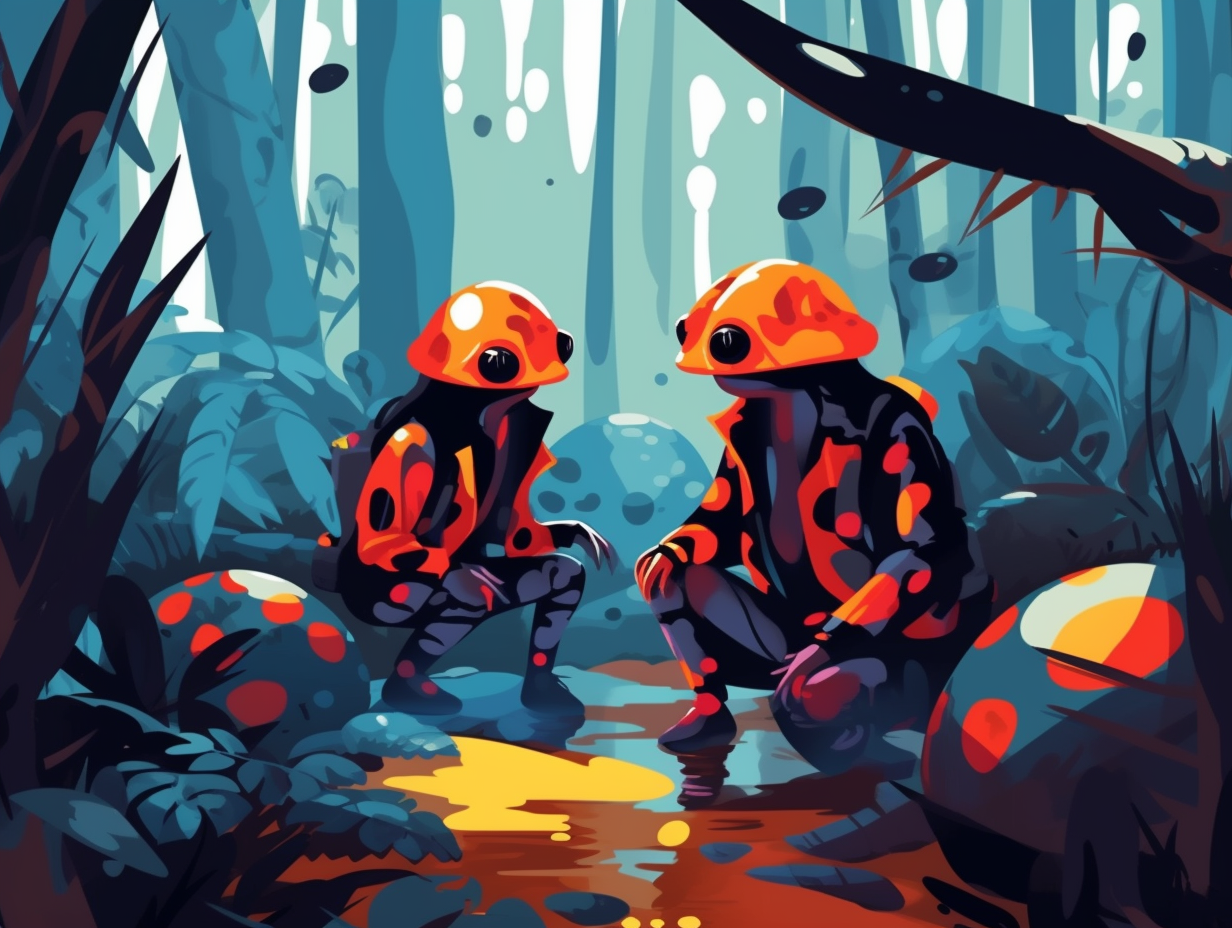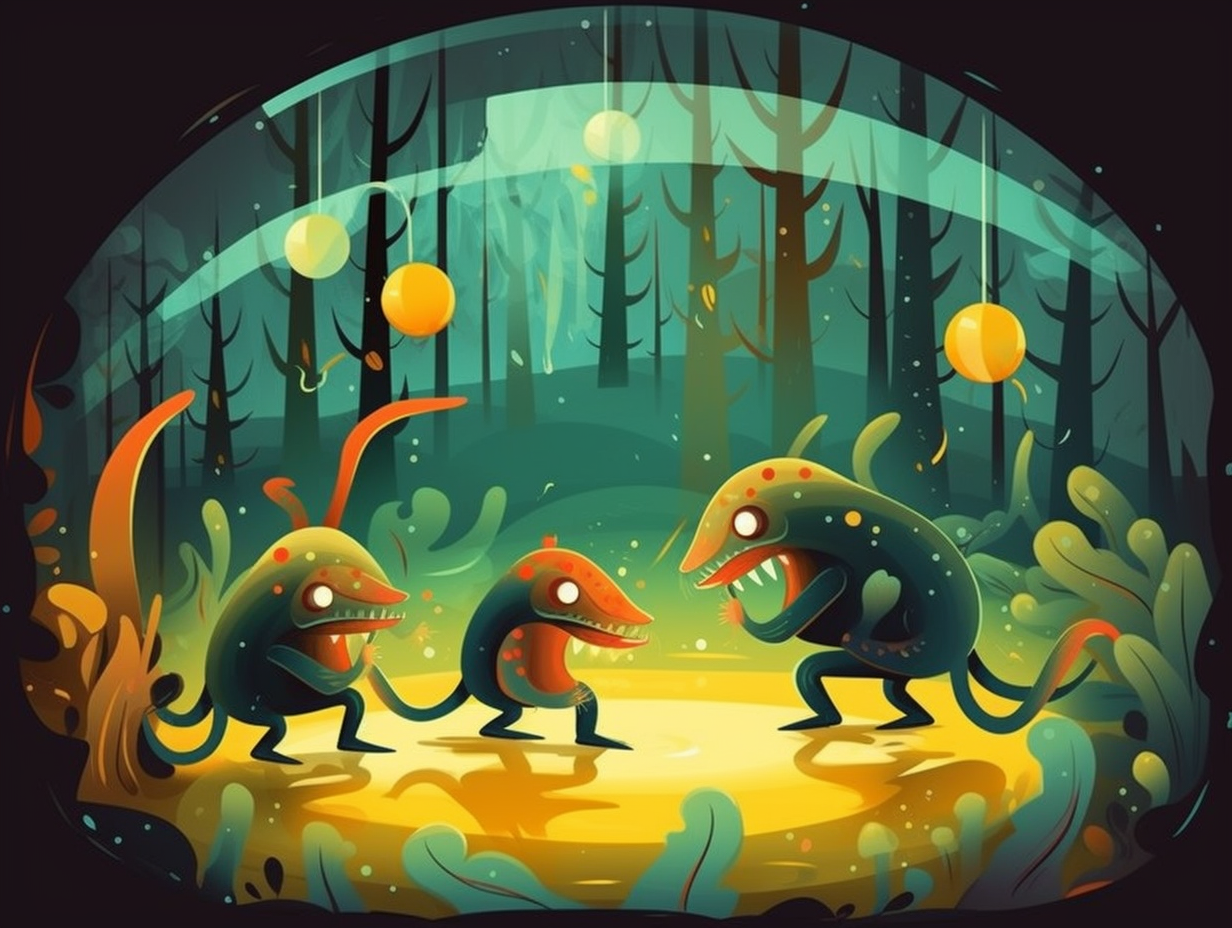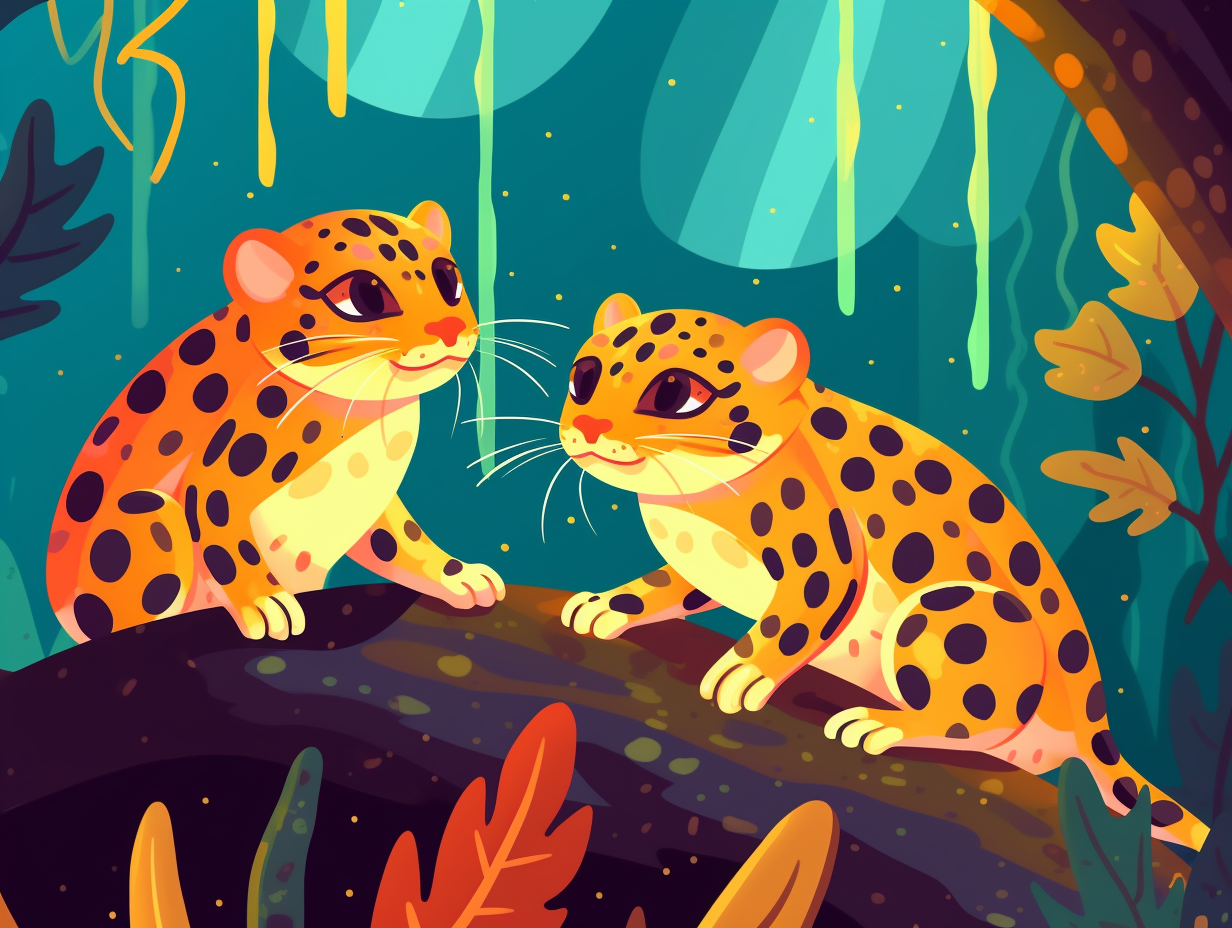Slither into Curiosity: Top 20 Unbelievable Fun Facts About Snakes

1. Snake Thermal Goggles
Snakes always seem to have the perfect smolder, thanks to their own set of "thermal goggles": In reality, snakes like pit vipers, pythons, and boa constrictors possess heat-sensitive pit organs on their lips that help them detect warm-blooded prey, with boas and pythons having more, yet slightly less sensitive, pit organs than pit vipers—giving them the ultimate advantage in the stakeout-and-strike game.
Source => amnh.org
2. Jaw Expansion for Mega Meals
You might call them the ultimate snack masters, giving "snake it 'til you make it" a whole new meaning: snakes can swallow impossibly large meals, expanding their jaws and moving them incrementally over food, even engulfing items larger than their entire bodies, thanks to a specialized inside-out locomotion that involves undulations of their backbone and body to push the food towards its stomach.
Source => userweb.ucs.louisiana.edu

Discover the unique artistic defense of the Blue Tongue Skink! This reptile uses its vibrant blue tongue to scare off predators, making them think it's venomous. Curious? 🎨🦎💙
=> Fun Facts about Reptiles
3. Forked Tongue for Tasting
Contrary to popular belief, a snake's forked tongue isn't a result of gossiping too much in their slithery circles, nor is it a sneaky Snakespearean quirk: The real reason is that this unusual tongue helps them increase their odor-tasting abilities and detect chemical trails with each tine acting as two separate points for their central nervous system via vomeronasal input.
Source => pubmed.ncbi.nlm.nih.gov
4. Snakeskin Sleuthing
Sherlocking your way through shed snakeskins: Venomous snakes, like pit vipers and coral snakes, can be identified by their head shape and specific markings, while non-venomous snakes reveal distinctive color patterns such as copperhead banding. This crucial Serpent-ology can help solve ongoing backyard mysteries and ease worries of any dangerous slithering surprises.
Source => pctonline.com

5. Belly Scales for Smooth Sliding
Who needs legs when you've got the ultimate tummy rub: snakes glide effortlessly across rough terrain using their belly scales, creating friction to speed up their movement while also keeping them safe from harm.
Source => sciencing.com
6. Infrared Ball Pythons
Ever wonder why snakes are the ultimate masters of hide and seek? They've got a built-in infrared system that would make a Navy SEAL jealous: Ball Pythons, or Royal Pythons, possess heat sensing pits on their upper lip called labial pits, enabling them to detect thermal radiation, which helps them hunt prey in the dark and find cozy spots in extreme temperatures.
Source => oaklandzoo.org
7. Snakes' Air Tasting
You might think snakes are on a mission to make our neighborhood slithery and slimy, but as it turns out, they're just misunderstood taste connoisseurs sniffing the air for their next gourmet treat: These visually challenged serpents compensate for their lacking peepers by using their forked tongues to "taste" the air, collecting ambient particles and whisking them back to their Jacobson's organ in the roof of their mouths, a clever tactic that helps them zero in on their delicious prey.
Source => nature.discoveryplace.org
8. Inland Taipan Hide-and-Seek
If you think hide-and-seek with little Timmy was intense, wait until you hear about the inland taipan – it's like hide-and-seek meets Mortal Kombat: The inland taipan is the deadliest snake on Earth, with venom potent enough to kill its prey and humans in no time, but luckily, they prefer chilling in remote habitats, drastically reducing our chances of an unexpected showdown.
Source => livescience.com
9. African Rock Python Fasting
Feeling hangry? Here's a diet we don't recommend: Fasting à la African rock python style: These slithering sophisticates can go an astonishing two years without eating by slowing their metabolism down by 70%, with the added bonus of being able to scarf down a meal larger than their own body weight when they finally decide to indulge.
Source => biomedicalsciences.unimelb.edu.au

10. Rattlesnake Electro-Sense
Rattlesnakes: the original "buzz-kill" – did you know they're more like electric eels than you might think? It turns out: they use their notorious rattles not just to scare off encroaching buffalo or curious humans, but also to generate static electricity to electro-sense hidden prey and prime hiding spots! How electrifyingly resourceful!
Source => newscientist.com
11. Snakes' Skin-peeling-off-a-thons
If snakes were starring in their own reality show, it'd be called "Skin-peeling-off-a-thons": They undergo the dramatic process of shedding their skin, called ecdysis, 4 to 12 times a year to remove parasites, allow growth, and prevent complications like restricted blood flow or disease. So steer clear during shedding; you wouldn't want to interrupt makeover time!
Source => iowadnr.gov
12. Garter Snakes' Social Life
Garter snakes: the social butterflies of the serpentine world, making human parties look like a figurative snake pit. Believe it or not: these slithering conversationalists have been known to form friendships and alliances within their own species, defying the stereotype of snakes being solitary creatures. However, it's worth mentioning that their congenial nature doesn't exempt them from occasional hissy fits, which may lead to aggression or harm when cohabitating. Snakes, after all, don't get "clingy" like humans – they're self-sufficient predators navigating life without emotional baggage.
Source => reptilecraze.com
13. Venomous Digestion
Feeling venomous after a big meal? Don't worry, you're not the only one: Some snakes have evolved to produce venom that not only helps catch prey but also aids in digestion! It breaks down tissue, allowing stomach juices to seep into the prey's body, inhibiting bacterial growth, making life much easier for snakey food connoisseurs with a taste for sizeable snacks.
Source => sciencedirect.com
14. Snakes' Winter Chillaxing
Snakes, the notorious reptilian slumber party enthusiasts, certainly know how to put the "snooze" in es-ssss-capades during the colder months: Unlike hibernating mammals, these slippery serpents enter a state called brumation, where they remain less active without needing as much beauty sleep, occasionally waking up to grab a frosty bite and wet their whistle before resuming their cool, chillaxed lifestyles until warmer days grace them with increased energy.
Source => rentokil.com

15. Hognose Snake's Charades
It seems the hognose snake would dominate at charades, as it's an Oscar-worthy deceiving drama queen with a flair for the dead: Hognose snakes employ thanatosis, a defense mechanism where they hiss, secrete a foul-smelling ooze, and play dead to avoid being eaten, all because their amphibian-specific venom is too weak to deter predators, forcing them to rely on these theatrics for survival.
Source => eartharchives.org
16. Silent Serpent Expressions
What do snakes and introverts have in common? They both have their own silent ways to express themselves, Sssshakespeare style: Snakes communicate through pheromones, bodily touch, physical combat, and visual displays – they even throw in a bit of tail rattling for when they want to give a more dramatic performance!
Source => snakesforpets.com
17. Venom-immune Predators
Forget about the snake versus mongoose showdown, even hedgehogs are up for a venomous treat: Some species of animals, including hedgehogs, mongooses, and honey badgers, have developed a natural immunity to certain types of snake venom, allowing them to hunt and snack on snakes without being affected by the venom – while snakes themselves only possess immunity to their own species' venom due to frequent venomous run-ins during mating or fighting.
Source => a-z-animals.com
18. Snake's Deceptive Tails
In a world where "shake your tail feather" takes on a whole new meaning, some snakes have mastered the art of deception: Certain species, such as vipers, pit vipers, boas, and pythons, use their tails to mimic prey like worms or spiders through a hunting tactic called caudal luring, a form of aggressive mimicry that's still being studied by scientists.
Source => treehugger.com
19. Cobra Vision & Wrestling
Did you know that king cobras are the ultimate social distancing champions and nature's star wrestlers? With eyesight sharper than a hawk, they can spot your shenanigans from 330 feet away, and when they're not lurking on you, they engage in WWE-inspired wrestling to settle disputes: King cobras have remarkable eyesight that allows them to see moving objects almost 330 feet (100 meters) away, and males assert their dominance through a wrestling ritual where they pin their opponent's head to the ground to claim victory.
Source => nationalzoo.si.edu
20. Snake Legs: A Forgotten Tale
Next time you catch a snake slithering by, tell it to give you a little leg: Boas and pythons are armed with vestigial legs concealed beneath their muscles towards their tail ends, a surprising remnant of their four-legged ancestry and connection to lizards in the evolutionary tree.
Source => amnh.org
Related Fun Facts




















